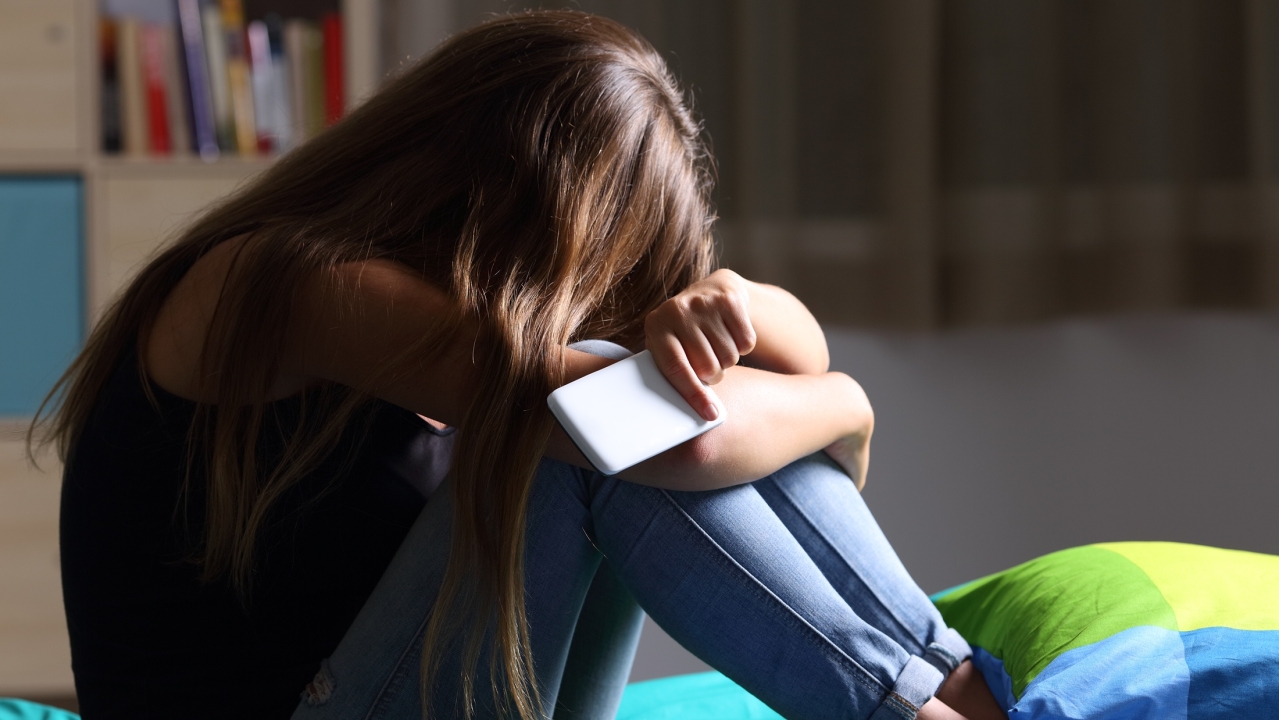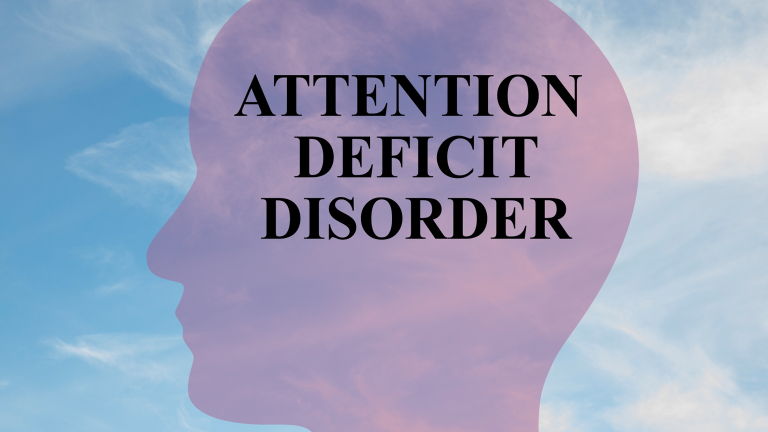Carried out in 2021, the Centers for Disease Control and Prevention’s nationally representative Youth Risk Behavior Surveillance Survey, featuring data from 17,232 youngsters across 152 schools in 45 U.S. states, paints a shocking picture of the mental health situation of young Americans. According to the data, one ten U.S. high school students had attempted to kill themselves in the past twelve months, up from about 8 percent in 2019. The report also suggests that a scant third of high schoolers suffer from poor mental health, with 29.3 percent saying they are depressed “most of the time”. At 40.8 percent, this figure is over two times higher among females than among males (18.1 percent). Alarmingly, thirty percent of American high school girls have contemplated killing themselves and nearly a quarter had actually cooked up a suicide plan.
According to the American Psychiatric Association, over 200,000 children lost a parent or primary caregiver to COVID-19, while 29 percent of high school students had a parent or caregiver who lost their job during the pandemic. However, the paper points out that COVID-19 was far from the only factor contributing to the current crisis. Other contributors appear to include the earlier onset of puberty, online bullying and unrealistic standards around physical appearance that are aggravated by social media, and structural factors such as poverty and lack of access to health care and educational opportunities.
The findings coincide with a dramatic deterioration in academic performance among young Americans, worsened by an increasingly out-of-control juvenile crime wave mainly felt in the country’s Democrat-controled large cities. AAverage test scores for U.S. 13-year-olds in reading and math have dropped to the lowest levels in decades, according to data recently released by the National Assessment of Educational Progress. The results, published in the NAEP Long-Term Trend Assessment administered every year by the National Center for Education Statistics, show that compared to 2019-2020, the deterioration was particularly severe among female and ethnic minority students and even more pronounced over a decade-long period. The culture of low standards, coupled with disciplinary chaos and the leftist ideological takeover of the classroom, is failing children and young people across the board, particularly the impoverished. The result? Young Americans are feeling disengagement and a waning sense of agency at the hands of a system that is no longer encouraging them to take their future into their own hands.
Youth crime has also long been a major problem in America, where research carried out by the University of North Carolina in 2011 showed that a full thirty percent of teenagers and young adults had been arrested by police by the age of 23. In all likelihood, the situation has further worsened since then. In New York City, for example, the number of juvenile shooting victims has more than doubled between 2017 and 2022. In Philadelphia, the percentage of juveniles arrested for gun violence tripled during the same period, and last year saw a two-thirds increase in homicides involving young people in Baltimore, another East Coast city. The situation is similarly grim in other left-wing strongholds such as San Francisco and Chicago, where a combination of inadequate policing, lax laws and lenient prosecution has left juvenile crime gangs run amok unchecked. As a consequence of collapsing public safety, many law-abiding young people are feeling that leading a normal, outgoing social life is simply too risky – leading to increasing isolation and untold societal harm.
The CDC report also points to dramatic change in the social reality of young America. According to one revealing finding, a record one in four U.S. high school students now identify as gay, bisexual or of a “fluid” sexuality. Rates of alternate sexualities among students have been rising constantly over recent years, from 11 percent in 2015 to 15 percent in 2017, 16 percent in 2019 and 24 percent last year. Parents across the country are feeling increasingly excluded from their children’s upbringing as progressive ideas on gender and sexuality gain foothold in the classroom, and in a growing number of cases, greedy medical providers are alleged to have exploited vulnerable young people to sell them irreversible transgender surgery.
U.S. authorities are increasingly sounding the alarm over the country’s impending youth mental health emergency. In 2021, Surgeon General Vivek Murthy issued a 53-page Advisory to stress the urgent need for action in the field. While many of the Advisory’s recommendations apply to individuals, others are directed at the institutions shaping the day-to-day lives of young people, such as schools, the media, employers and government.
These findings are not exclusive to America. A UNICEF report published in late 2021 called on governments across the globe to prioritize the mental wellbeing of children and young adults, which had deteriorated as a result of the COVID-19 pandemic. According to the paper, one in seven children and teenagers (between the age of 10 and 19) are struggling with a diagnosed mental health disorder and almost 46,000 teens commit suicide each year. And in Hungary, a recent survey has shown that the majority of university students are battling a mild or moderate mental health problem.
Of course, those genuinely in need of professional help deserve to receive the counseling or medical attention they need, and no child or teenager should be denied care due for financial reasons or lack of access. However, it would be a mistake to medicalize the mental health crisis plaguing today’s youth. Over the past decades, the decline of traditional values, institutions and close-knit communities has left young people in a state of confusion and disengagement. In times of uncertainty and upheaval, solid points of reference are particularly vital to enable the healthy development of personality in the formative years. The reality is that there will be no lasting improvement in the sorry state of youth mental health until society returns to recognizing the indispensability of discipline, hard work and family values – and instead of indulging in the culture of victimhood, young people must again be encouraged to take charge of their own fate.









